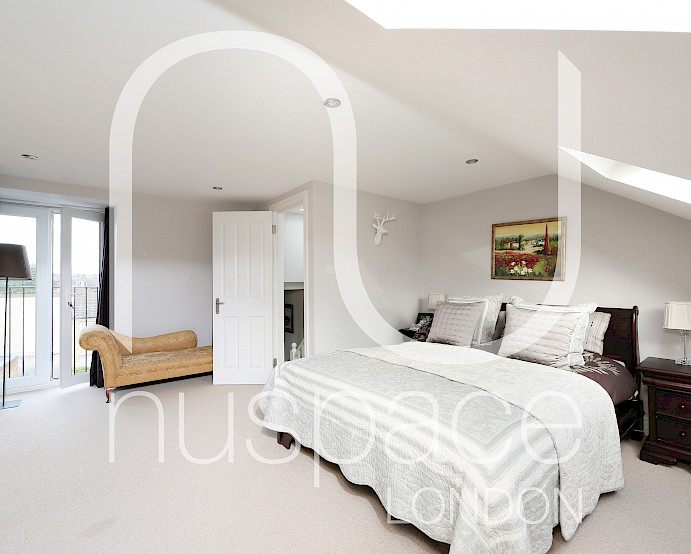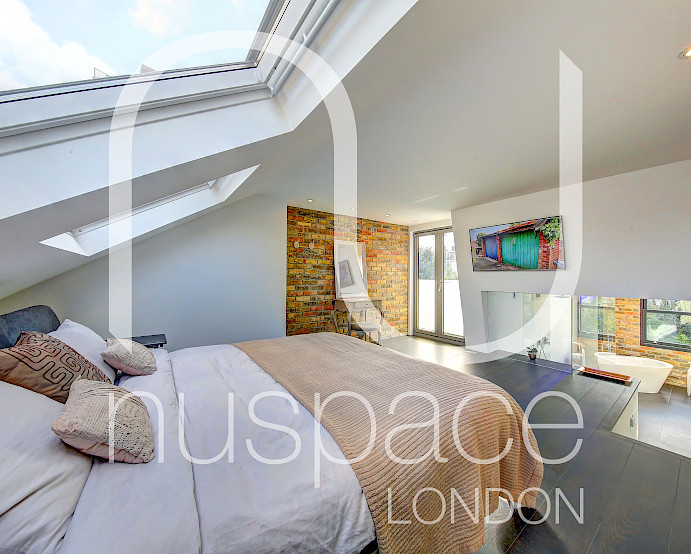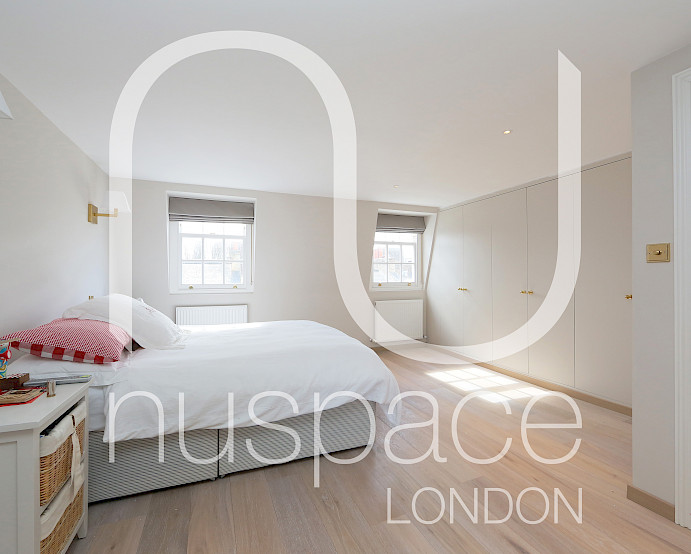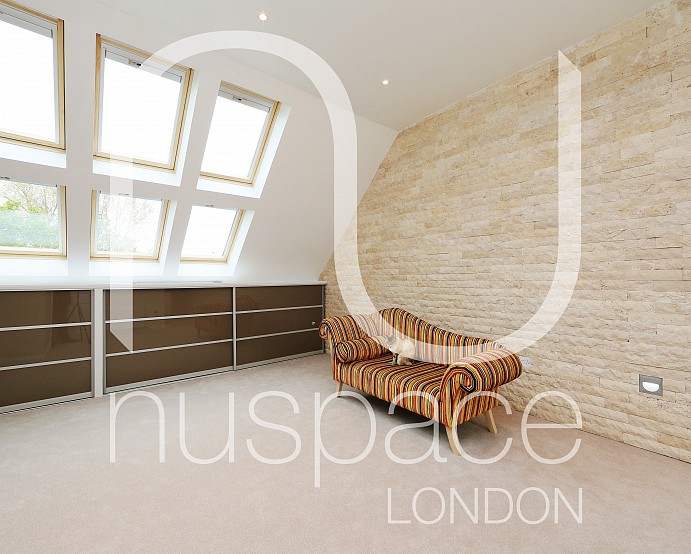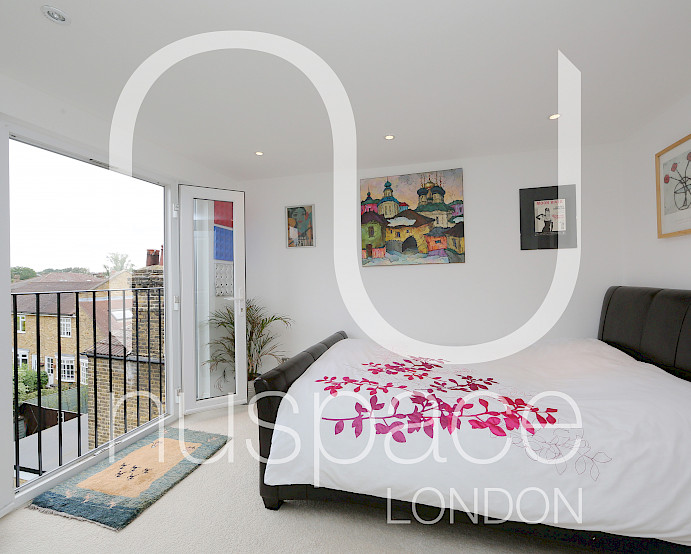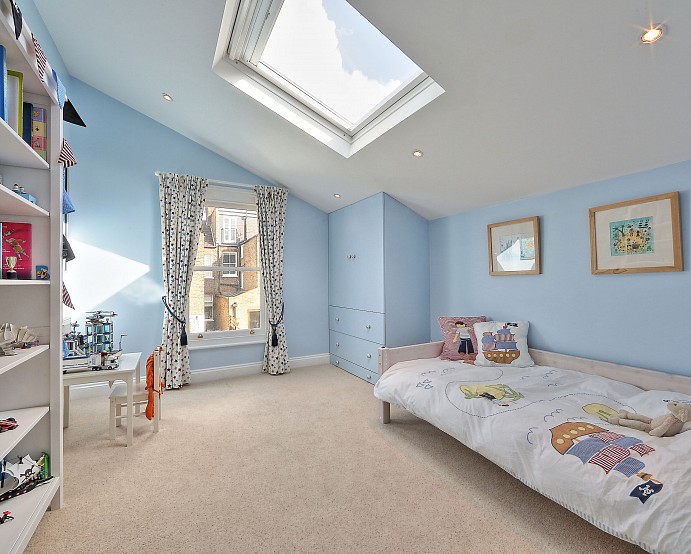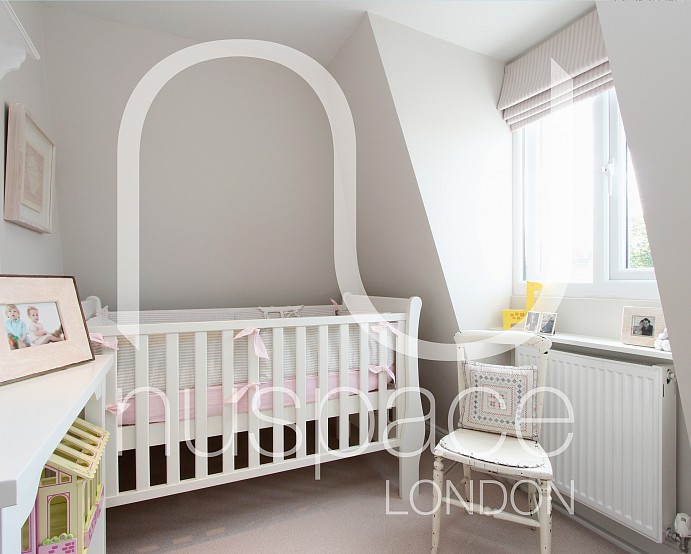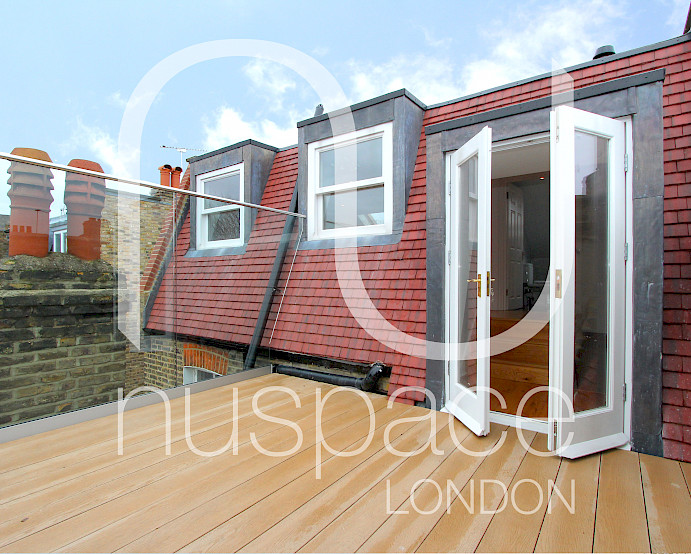Dormer and l-shaped dormer loft conversion
A dormer loft conversion is an extension to the existing roof that projects vertically from a sloping roof, creating additional floor space and headroom within the property. Internally, a dormer has vertical walls and a horizontal ceiling. It is the most common type of loft conversion, as the flat roof dormers often add the maximum amount of additional space. In addition, it is possible to create a gable front and a hipped roof dormer to make it look more attractive, however, these types of dormers do not offer as much internal space. Additionally, due to the added complexity, a gable front and hipped roof dormer will cost more to build. The l-shaped dormer loft conversion is also very popular and is often considered the best way to extend a mid-terrace period property to maximize space as it can give around 40m3 of space or slightly more under planning.
A major advantage of a dormer loft conversion is that it can often be constructed without gaining planning permission, although planning permission may be required depending on the specifications.
The main styles of dormer conversions include:
- Flat-Roof Dormer - A Dormer Conversion with a flat roof
- Gable-Fronted Dormer - Sometimes called ‘Doghouse’ Dormer
- Hipped-Roof Dormer - A Dormer Conversion with a hipped roof
- Shed Dormer - A Single Planed Roof that is pitched at a lesser angle than the main roof


